Podcast: Play in new window | Download (Duration: 26:14 — 29.2MB)
Subscribe: Apple Podcasts | Spotify | Amazon Music | Android | Pandora | iHeartRadio | JioSaavn | Podcast Index | Email | TuneIn | RSS | More


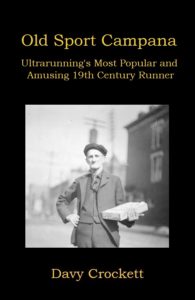  |
Podcast: Play in new window | Download (Duration: 26:14 — 29.2MB)
Subscribe: Apple Podcasts | Spotify | Amazon Music | Android | Pandora | iHeartRadio | JioSaavn | Podcast Index | Email | TuneIn | RSS | More


  |
Podcast: Play in new window | Download (Duration: 23:34 — 23.2MB)
Subscribe: Apple Podcasts | Spotify | Amazon Music | Android | Pandora | iHeartRadio | JioSaavn | Podcast Index | Email | TuneIn | RSS | More
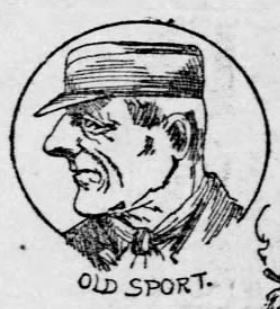

The New York City press was favorable. “Old Sport Campana, whose increasing years seem to add new vigor to his constitution, will start. He will celebrate his 99th birthday on the track.” He was confident that he would reach 550 miles before he retired from the sport. Everyone wondered what new antics he would perform during this race.
A bold prediction was made that George Littlewood (1859-1912), of England, would break the world record. “Probably no man alive today can beat Littlewood. He is a phenomenal pedestrian, and having a poor field to beat should win with ease.”
   |
By Davy Crockett
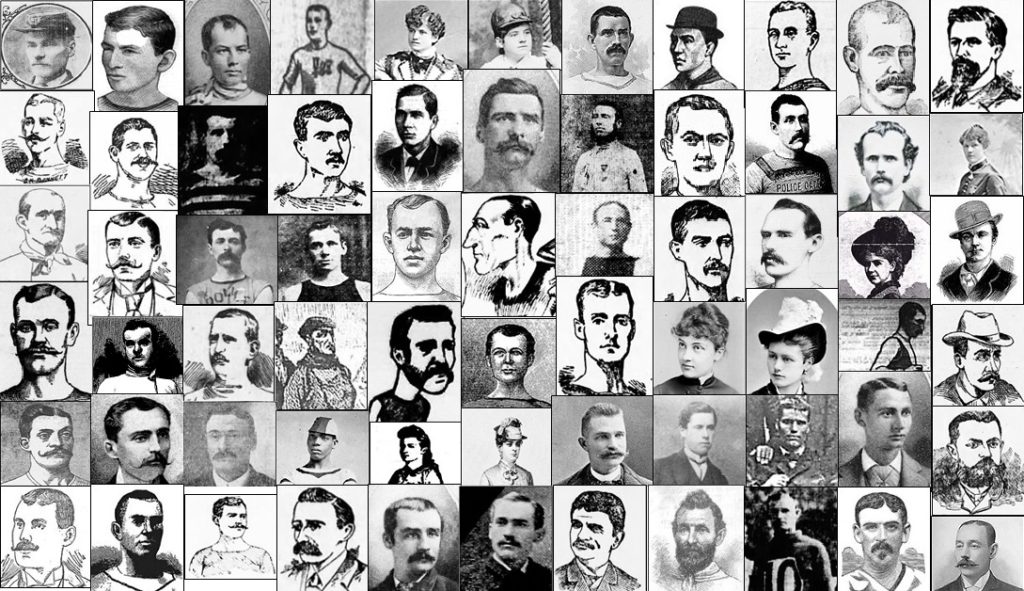

During the last 25 years of the 19th century, the sport of ultrarunning (called pedestrianism) became the most popular spectator sport in America for a time. Hundreds of endurance athletes became professional runners. More than 500 six-day races were held worldwide during this era, involving more than 6,000 starters.
What became of these six-day pedestrians? What did they do? Where were they from? How many wore mustaches? What became of them? How long did they live? Here are the short bios for 88 of the most prominent six-day pedestrians, ordered alphabetically. Half of them were immigrants to America who found their fortune in running the six-day race.
Podcast: Play in new window | Download (Duration: 23:34 — 24.7MB)
Subscribe: Apple Podcasts | Spotify | Amazon Music | Android | Pandora | iHeartRadio | JioSaavn | Podcast Index | Email | TuneIn | RSS | More







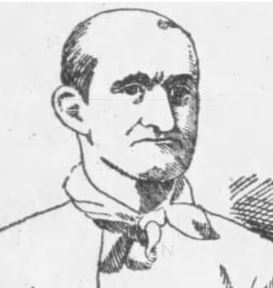

   |
Podcast: Play in new window | Download (Duration: 27:42 — 29.4MB)
Subscribe: Apple Podcasts | Spotify | Amazon Music | Android | Pandora | iHeartRadio | JioSaavn | Podcast Index | Email | TuneIn | RSS | More







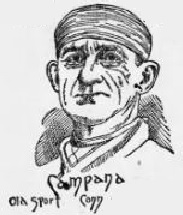

He seemed to never be formally training, but perhaps with all the miles he put in pushing his cart, he was able to regularly run more than 300 miles in a six-day race.
Campana was unusually “unbalanced.” When some spectators mocked him, he would punch them in the face and then continue running. The crowds would roar with approval and the race management would do nothing. The New York Times wrote, “Napoleon Campana, better known to the world as ‘Old Sport,’ is called the clown of the walking matches, and a race without ‘Old Sport’ in it would be a novelty.”
Podcast: Play in new window | Download (Duration: 28:06 — 30.4MB)
Subscribe: Apple Podcasts | Spotify | Amazon Music | Android | Pandora | iHeartRadio | JioSaavn | Podcast Index | Email | TuneIn | RSS | More
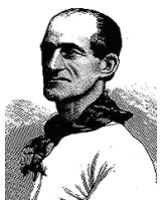

In early 1879, he had a poor reputation, and his integrity was questioned. But during the coming 15 months, as he ran more miles in races than anyone in the world, he would win over the hearts of the public. He would be called “perhaps one of the best-known athletes in the country.” He became a crowd favorite to watch in 1879 when the six-day race was the most popular spectator sporting event to watch in America.
Podcast: Play in new window | Download (Duration: 26:32 — 27.3MB)
Subscribe: Apple Podcasts | Spotify | Amazon Music | Android | Pandora | iHeartRadio | JioSaavn | Podcast Index | Email | TuneIn | RSS | More
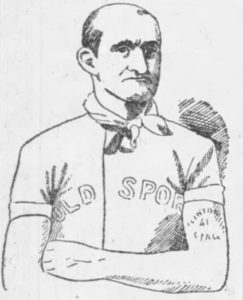

He didn’t age well, lost his hair, had wrinkled skin from being outdoor so much, and people thought he was 10-15 years older than he really was. He never corrected them in their false assumption and wanted people to believe he was very old. While he was well-loved by the public, he wasn’t a nice person. During races, when he would become annoyed, he would frequently punch competitors or spectators in the face. In his private life, he was arrested for assault and battery multiple times, including abusing his wife, and spent time in jails for being drunk.
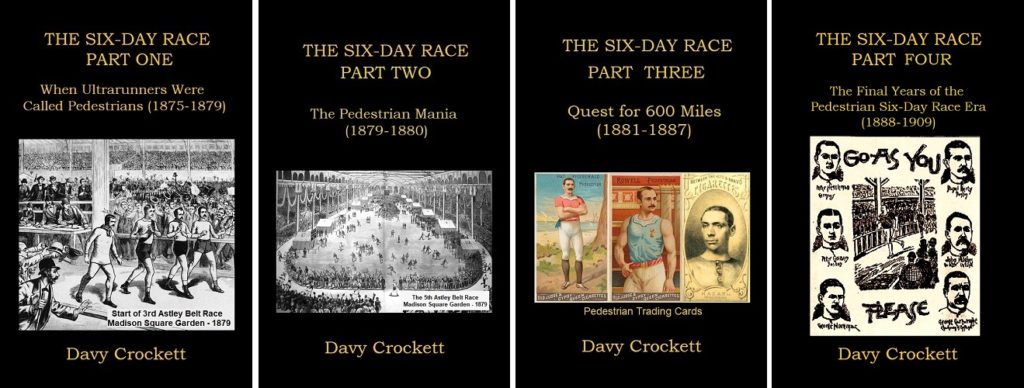

Read about the fascinating history of the more than 500 six-day races held from 1875 to 1909 in Davy Crockett’s new definitive history in 1,200 pages. Get them on Amazon.
Podcast: Play in new window | Download (Duration: 25:21 — 38.1MB)
Subscribe: Apple Podcasts | Spotify | Amazon Music | Android | Pandora | iHeartRadio | JioSaavn | Podcast Index | Email | TuneIn | RSS | More


| Learn about the rich and long history of ultrarunning. There are now eleven books available in the Ultrarunning History series on Amazon, compiling podcast content and much more. Learn More. If you would like to order multiple books with a 30% discount, send me a message here.
|